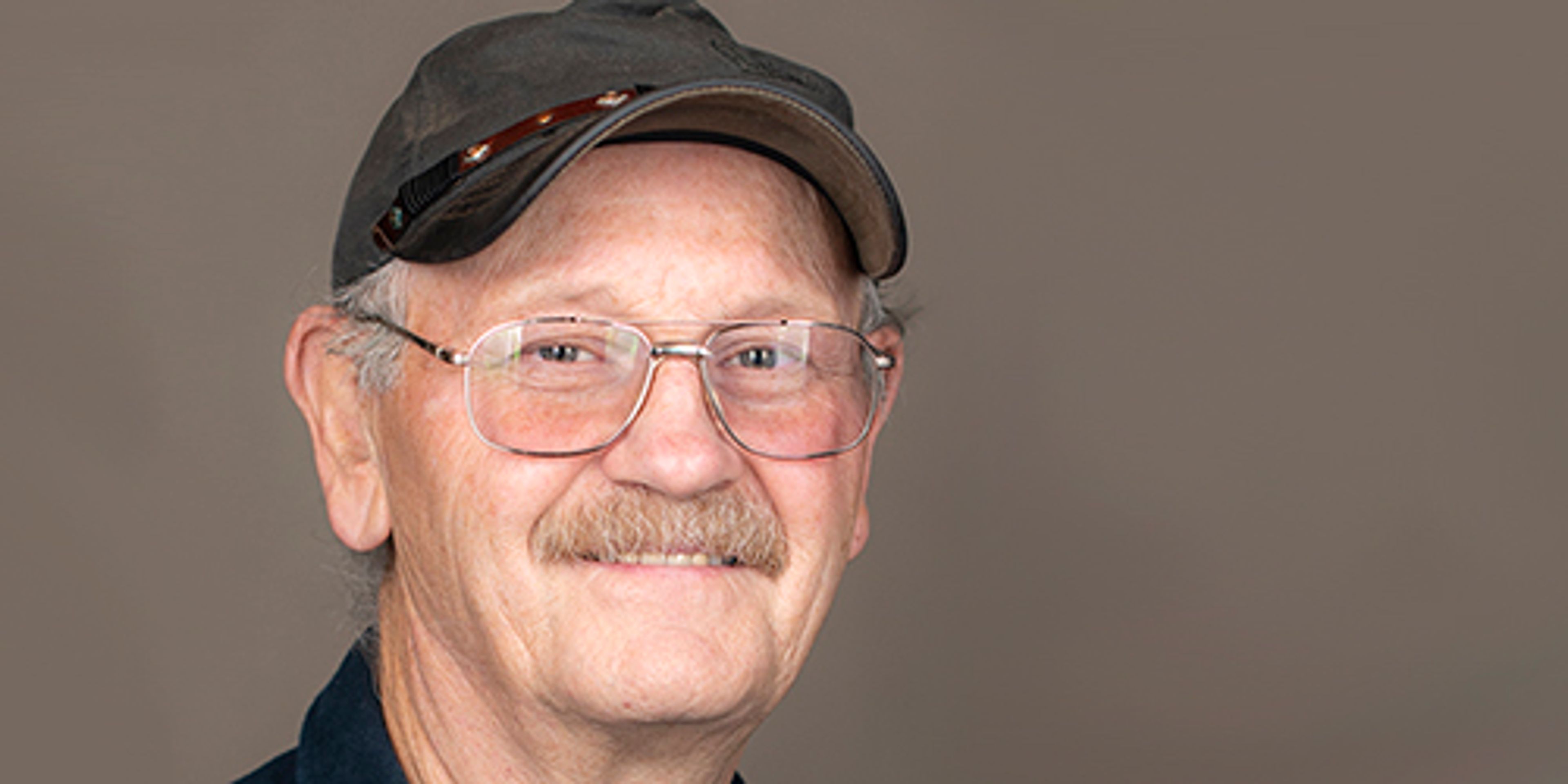Guest editorial: Face masks and social distancing are working
Another Newspaper’s Opinion
This editorial was published by the Everett (Wash.) Herald.
———
We can’t really call it good news regarding the coronavirus pandemic — we’ll save that headline for the wide release of an effective and safe vaccine — so let’s call it encouraging news, and reason to thank those who have been making an effort to mask up and be diligent about social distancing.
So, it is encouraging to hear that the Snohomish Health District is reporting a fourth week of declines in the rolling two-week average of daily COVID-19 infections.
After the infection rate fell quickly from a high of about 130 daily infections per 100,000 people in late March to early April, the county witnessed a second peak of infections that started in late June, reaching about 96 daily in mid- to late-July. That rolling average has recently eased to an average of about 60 daily infections between Aug. 9 and Aug. 22. That’s a marked improvement, yet still short of the target rate of 25 per 100,000, a level the county last witnessed in mid-May to mid-June.
“We’ve got two to three weeks of sustained improvements and that’s encouraging news,” Dr. Chris Spitters, the county’s top health officer, told reporters Tuesday morning. “We certainly want it to continue and that largely means not letting up on the good efforts of late.”
Spitters credited more widespread use of masks, people keeping social circles to immediate families and smaller groups and the district’s contact-tracing efforts to identify those who have come in contact with those with confirmed cases of COVID-19 and encouraging them to be tested and limit their exposure to others.
While that news is reassuring, it doesn’t mean we can let up on our social-distancing and mask-wearing, as some did earlier in June after the county and much of the rest of the state entered Phase 2 of the state’s Safe Start program, which led to the second spike in infections.
To keep the trend line heading in the right direction we need to be vigilant about our own mask use and not become complacent about social distancing. As we learn more about the coronavirus, how it spreads and the steps we can take to limit our exposure, we should be reviewing our habits and making adjustments when necessary.
New advice recently has found that some face coverings — specifically neck “gaiters” and masks with valves that allow easier exhalation — are ineffective and perhaps counterproductive in preventing the spread of virus. Although research into the polyester neck gaiters continues, a Duke University study found they could transmit more virus particles than wearing no mask at all. And the Centers for Disease Control and Prevention now says that masks with vents, sometimes referred to as N95 masks, can also allow respiratory droplets to be exhaled into the air.
It’s better to stick with layered cloth masks or unvented surgical masks.
Along with masks, it’s also a good idea to keep your distance from others, whether you’re inside or outside. Research published last week in The BMJ, a British medical journal, finds that 6 feet of separation should be the minimum distance, advising that the more space, the better. There are too many other variables — including air circulation, ventilation, exposure time, the number of people and whether people are talking, shouting, singing or silent — to recommend 6 feet as safe in all circumstances, the Washington Post reports.
These practices can make a difference in transmission of the disease, in the spread of infection and in the deaths that we will see in coming months. The University of Washington’s Institute for Health Metrics and Evaluation estimates that without “universal use of masks,” Washington state could experience between 5,000 and 6,600 deaths from COVID-19 by Dec. 1. With universal mask use, that number could be as low as about 3,100. Currently, about 1,880 deaths have been attributed to COVID-19 in the state, with more than 200 in Snohomish County.
Children in Snohomish County will start school again within days, but almost all will have to do so at home, connecting with teachers online. That’s not what anyone hoped for this fall after school buildings were shut down in spring, but school districts can’t even consider safely reopening their schools until that rate of daily infections is back down below 25 for every 100,000 people.
We’ve shown we can move that needle, but we have to do better. We’ll get there by remembering our masks, washing our hands and keeping a safe distance of 6 feet or more.








